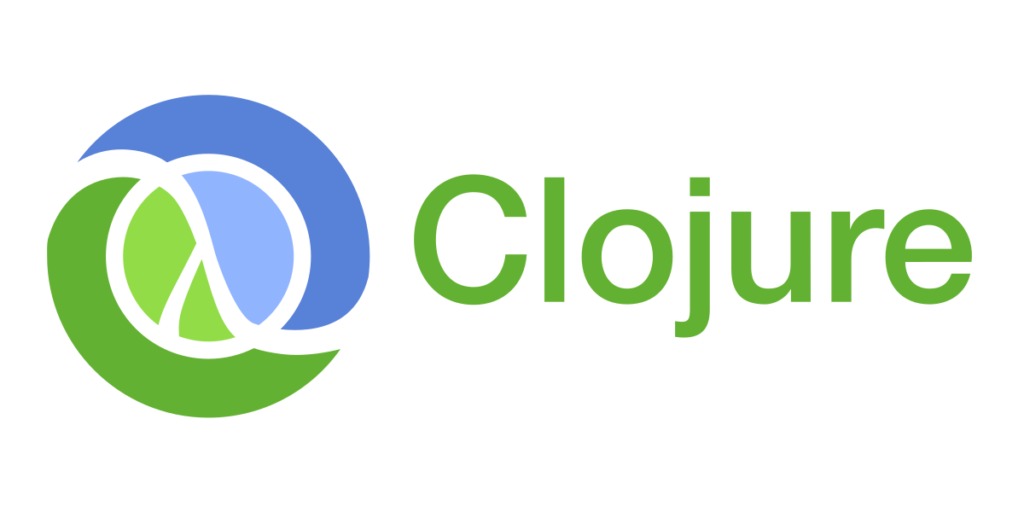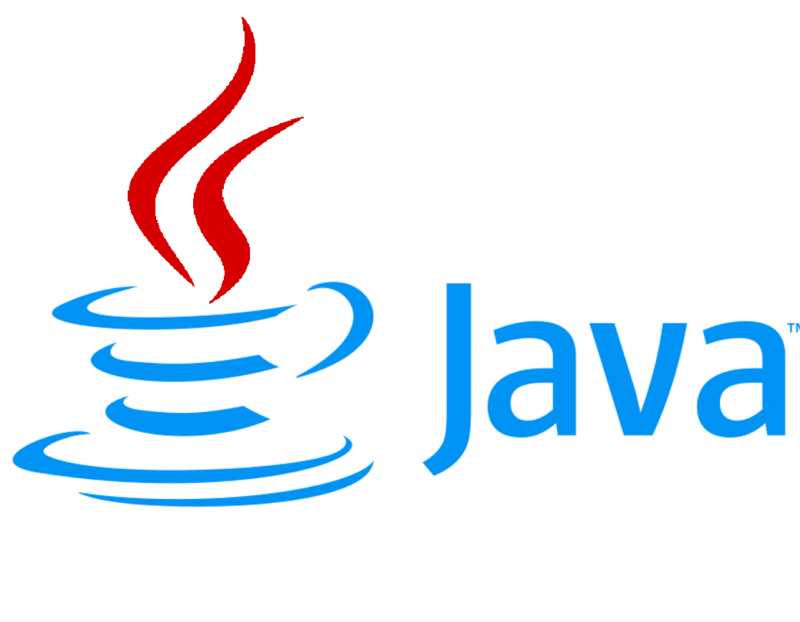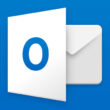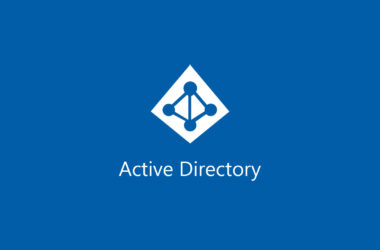When it comes to programming languages, few can match the legacy and popularity of Java. Java has been a cornerstone of software development for decades, powering everything from web applications to mobile apps. With its robust ecosystem, cross-platform compatibility, and extensive libraries, Java has earned its place in the hearts of developers worldwide. However, there comes a time when exploring Java alternatives becomes imperative, whether due to specific project requirements, evolving industry trends, or a desire for fresh perspectives.
Unveiling Java’s Power and Limitations
Java boasts a multitude of strengths that have solidified its standing in the development community. Its platform independence enables code to run seamlessly on various systems, making it an ideal choice for cross-platform applications. The language’s object-oriented nature encourages clean and organized code architecture, facilitating better maintenance and scalability.
However, Java isn’t without its limitations. While its “write once, run anywhere” promise holds true, Java applications often require a runtime environment, which can lead to performance bottlenecks. The language’s verbosity can lead to verbose code, potentially slowing down development and making the codebase harder to read. Furthermore, Java’s memory consumption can be a concern for resource-intensive applications.
What Sets Java Apart
Before delving into the Java alternatives, it’s crucial to acknowledge what sets Java apart in the first place. Java’s extensive libraries and frameworks, such as Spring and Hibernate, empower developers to build complex applications quickly and efficiently. The vast developer community and rich documentation ensure that help is always at hand. Additionally, Java’s maturity guarantees stability and long-term support for projects.
The Need for Java Alternatives

In a rapidly evolving technology landscape, innovation and adaptability are paramount. This need for flexibility has sparked interest in exploring Java alternatives. Developers are seeking languages that offer streamlined syntax, enhanced performance, and innovative features. These Java alternatives can cater to specific project needs, enabling developers to work more efficiently and create exceptional software experiences.
1. Seeking Enhanced Performance
Modern applications demand speed and responsiveness. Java’s reliance on a runtime environment can introduce performance overhead. As businesses strive to create lightning-fast software, developers are exploring Java alternatives that offer more direct access to system resources, potentially leading to significant performance gains.
2. Embracing Language Innovations
Language design continues to evolve, and newer Java alternatives often incorporate innovative features that simplify development. From elegant syntax to enhanced concurrency mechanisms, developers are drawn to alternatives that embrace modern programming paradigms, allowing them to express their ideas more concisely and effectively.
3. Addressing Specific Use Cases
Not all projects require the full spectrum of Java’s capabilities. In some scenarios, a lightweight language that excels in a specific domain can be more beneficial. Developers are turning to alternatives that cater to niche use cases, such as real-time systems, game development, or data analysis, optimizing their development experience for the task at hand.
4. Navigating the Performance-Productivity Trade-off
Java’s balance between performance and developer productivity has been its hallmark. However, in an era where time-to-market is critical, developers are exploring alternatives that strike a different equilibrium. Some alternatives prioritize ease of development, rapid prototyping, and efficient code deployment without compromising on performance.
Commonly Used Java Alternatives For Various Use Cases

Let’s explore a diverse range of alternatives that have gained traction among developers:
1. Kotlin: Bridging the Gap
Kotlin has emerged as a powerful alternative that interoperates seamlessly with Java. Its concise syntax reduces boilerplate code while maintaining compatibility with existing Java codebases. With features like null safety and extension functions, Kotlin enhances both developer productivity and code quality. Developers appreciate Kotlin’s seamless integration with Java projects, enabling gradual migration and enhancing existing codebases.
2. Scala: Blending Paradigms
Scala, a fusion of object-oriented and functional programming, offers an expressive syntax and powerful abstractions. It’s an excellent choice for building concurrent and scalable applications, thanks to its support for immutability and pattern matching. Scala’s versatile type system allows developers to model complex relationships and create robust software architectures.
3. Groovy: Embracing Dynamicity
Groovy’s dynamic nature simplifies scripting and provides a fluid programming experience. It’s often used for tasks that demand concise code, making it a favored choice for building scripts and domain-specific languages. Groovy’s seamless integration with Java libraries and frameworks allows developers to leverage existing assets while enjoying a more flexible and expressive syntax.
4. Ceylon: Modernity and Compatibility
Ceylon addresses Java’s limitations while maintaining compatibility with existing Java libraries. Its focus on modularity, type-safety, and readable syntax makes it a contender for projects seeking enhanced code quality. Ceylon’s emphasis on modularity and module isolation promotes cleaner codebases and better collaboration among development teams.
5. Clojure: The Functional Approach
Clojure, a functional programming language, emphasizes immutability and concurrency. It excels in building highly scalable applications that leverage multicore processors effectively. Clojure’s simple and elegant syntax, along with its focus on immutable data structures, enables developers to write reliable and robust concurrent code.
6. GraalVM Languages: Polyglot Power
GraalVM enables developers to choose from a plethora of languages, including JavaScript, Python, Ruby, and R, for their projects. This polyglot approach can lead to performance optimizations and improved developer productivity. GraalVM’s ability to compile code ahead of time enhances execution speed and reduces startup times, making it appealing for a wide range of applications.
7. C#: The Microsoft Edge
While not JVM-based, C# has gained prominence in the Windows ecosystem. With the .NET framework, C# is a robust choice for building desktop applications, web services, and games using the Unity engine. C#’s strong typing and advanced language features enable developers to create efficient and maintainable software solutions.
8. Swift: Apple’s Innovation
Swift is Apple’s brainchild, designed for developing applications across its ecosystem. With its safety features and modern syntax, Swift is a strong contender for creating high-performance iOS, macOS, watchOS, and tvOS applications. Swift’s focus on performance and memory safety aligns well with Apple’s user-centric design philosophy.
9. Rust: System-Level Mastery
Rust’s focus on memory safety and performance has garnered attention in-system programming and performance-critical domains. It empowers developers to create reliable and efficient software with minimal memory-related errors. Rust’s ownership model and strict compile-time checks ensure that developers can write code that is both performant and secure.
10. Go (Golang): Concurrency Made Simple
Go’s simplicity and strong support for concurrency make it a popular choice for building scalable networked applications. Its straightforward syntax and efficient runtime enable developers to handle large workloads effectively. Go’s built-in concurrency primitives, such as goroutines and channels, simplify the development of concurrent software and help avoid common pitfalls.
Factors To Consider While Choosing The Perfect Java Alternative

As you embark on the journey of selecting a Java alternative, several factors warrant careful consideration:
1. Project Requirements
Each alternative excels in specific domains. Consider the project’s nature, such as web development, mobile apps, or systems programming, and choose an alternative that aligns with your goals. Assess whether the alternative’s strengths align with your project’s demands and ensure that it offers the necessary features and libraries.
2. Ecosystem and Libraries
Evaluate the availability of libraries, frameworks, and tools in the alternative ecosystem. A vibrant community and robust documentation ensure a smoother development process. Consider how well the alternative integrates with existing tools and services and how active and supportive the community is.
3. Learning Curve
Account for the learning curve associated with adopting a new language. Consider the familiarity of your team with the chosen alternative and the resources available for skill development. Assess the availability of tutorials, courses, and documentation that can aid your team’s transition to the new language.
4. Performance
Assess the performance characteristics of the alternative, especially if your project demands high efficiency or low memory consumption. Consider benchmarking and profiling the alternative in scenarios relevant to your project to ensure that it meets your performance expectations.
5. Long-Term Viability
Consider the language’s maturity, adoption rate, and long-term viability. A stable language with an active community ensures ongoing support and updates. Evaluate the alternative’s roadmap and the commitment of its developers to ensure that it will remain relevant and supported in the years to come.
In Conclusion
As the software development landscape evolves, so too does the range of languages at your disposal. While Java’s strengths are undeniable, exploring alternatives can unlock new possibilities and efficiencies for your projects. From the streamlined syntax of Kotlin to the concurrency prowess of Rust, each alternative brings a unique flavor to the table. By carefully evaluating your project’s needs and the strengths of each alternative, you can confidently select the perfect Java alternative that aligns with your goals and aspirations.









